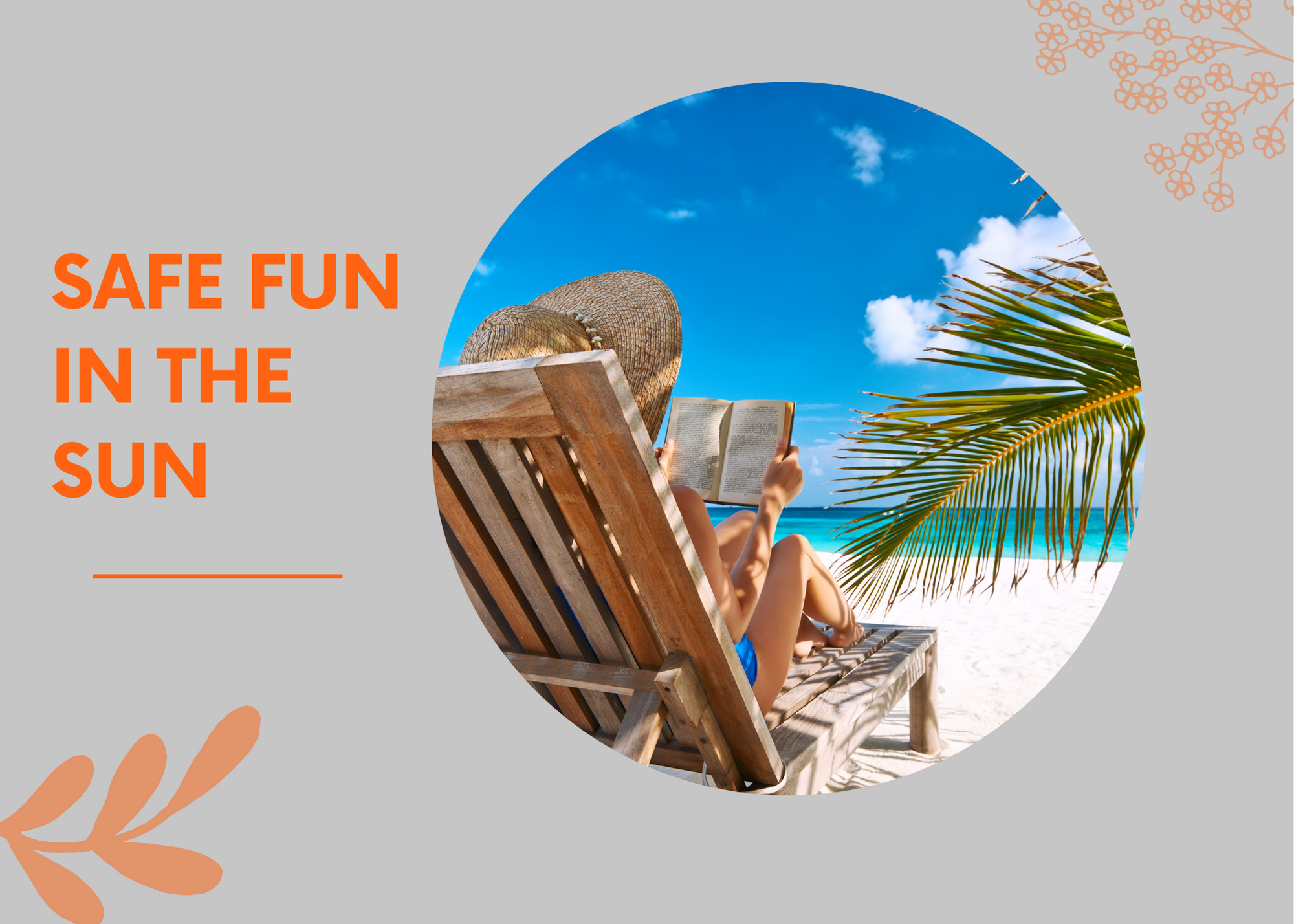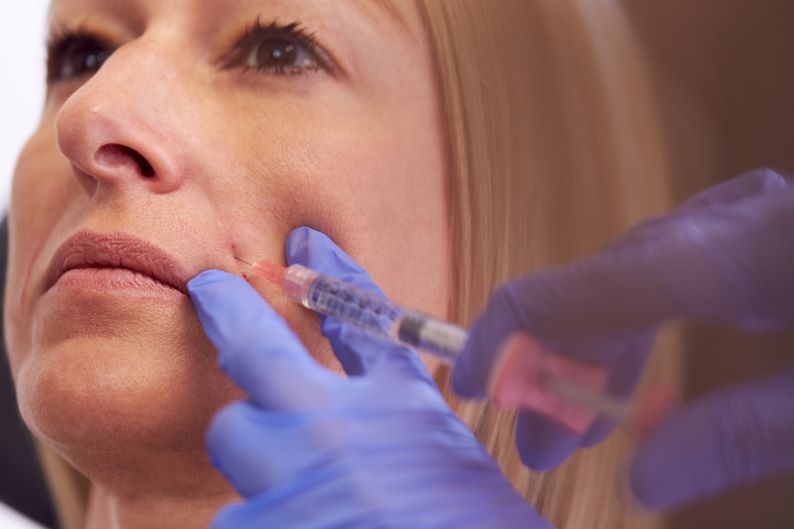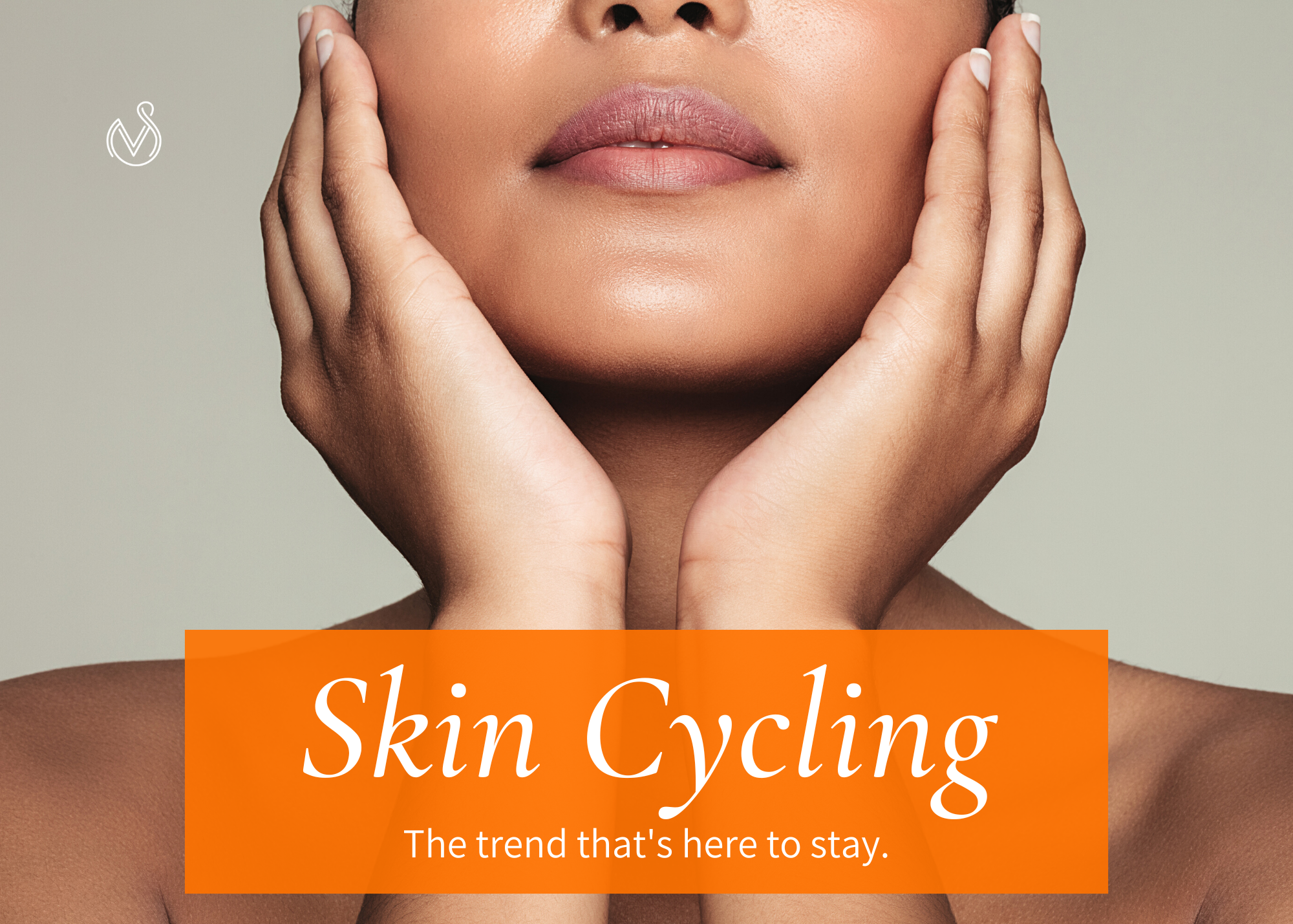What to Look for in Sun Protection

Most of us are using sunscreen wrong. If that comes as a surprise to you then this blog is for you
It’s true. Even the most diligent sunscreen users may not be getting the maximum benefit from their sun protections products. Even worse, you could be putting yourself at risk for skin damage if you think you’re being protected from harmful UV rays when in fact, you’re not.
This article will review which sunscreen ingredients you should look for, how to properly apply your sunscreen, and we’ll give you our top recommendations to keep your skin safe and age-resistant this summer.
Making Sense of Sunscreen Ingredients
According to the Canadian Dermatology Association, all sunscreens are labelled with a sun protection factor (SPF) number. “This relates to the amount of time it takes for your skin to burn without any protection and how long it would take if you used the appropriate amount of sunscreen.”
When it comes to sun protection ingredients there are two kinds: chemical ‘filters’ and physical blocking agents. They have different mechanisms of action and will offer protection to some degree from both UVA and UVB rays.
Chemical sunscreen agents work by absorbing or ‘filtering’ UV rays so that they don’t burn your skin or cause damage. Physical sunblocks form a barrier over your skin, deflecting UV rays to prevent them coming in contact with your epidermis in the first place. A good full-spectrum sunscreen will contain a combination of both.
When you’re looking at the back of a sunscreen bottle here are some safe, effective and proven ingredients that will provide our skin with optimum defense:
Octinoxate or Octyl methoxycinnamate and Ethylhexyl methoxycinnamate
- Health Canada approved UV filter with a 50-year safety record
- Offers excellent protection against UVB and some UVA rays
- Backed by numerous studies confirming its safety as used in sunscreens
- Known adverse effects: It contains cinnamic acid which can cause allergies in some people
Octisalate or Octyl salicylate and Ethylhexyl salicylate
- UVB filter that’s often used with other sunscreen ingredients
- Approved to be used in formulations in amounts from 5–10%
- Has excellent stability, which also keeps other ingredients stable
- Helps neutralize the sun-induced formation of oxygen radicals
Titanium Dioxide
- Safe and effective physical sunblock that protects against both UVA and UVB rays
- Inert earth mineral that’s widely used in cosmetic products
- Used as a thickener, opacifying abd pigmenting agent
- Gentle enough for all skin types, even sensitive and redness-prone
Zinc Oxide
- Safe and effective physical sunblock that protects against both UVA and UVB rays
- Inert earth mineral that’s widely used in cosmetic products
- Considered the broadest spectrum UVA and UVB reflector in the industry
- Gentle enough for all skin types, even sensitive and redness-prone
Get Maximum Protection for your Sunscreen
Apply sunscreen generously at least 30 minutes before sun exposure. This will allow the active ingredients to settle in and become their most effective. Don’t forget areas such as your ears and backs of hands. According the the Canadian Dermatology Association: “all sunscreens need to be liberally applied; for example, one palm‐full for each arm and one for each leg. Also, remember to reapply regularly, especially after sweating heavily or swimming.”
Our top sunscreen pics for you this summer: SkinMedica’s Total Defense + Repair Broad Spectrum Sunscreen SPF 50+ and SkinMedica’s Total Defense + Repair Broad Spectrum Sunscreen SPF 34 (Tinted)
Give us a call at 613-342-0220 to find out more sun protection and any special offers here at BrockvilleMediSpa. We invite you to book a personalized consultation with Dr. Steyn or Nurse Vicki. Look better without looking different!










